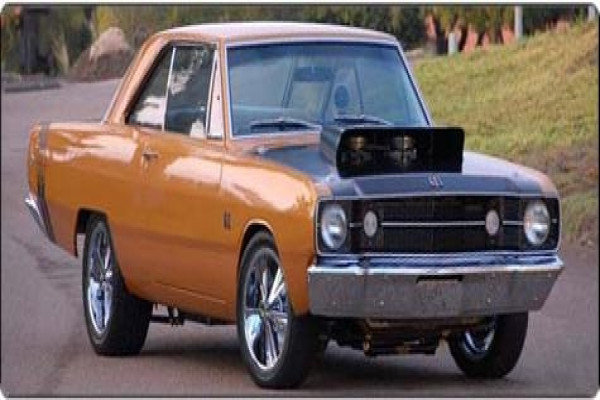The first automobiles metered their mixtures of air and fuel into the engine by way of crude devices called spray carburetors. These devices looked very much like perfume spray bottles. As time has marched on, the carburetor has become much more sophisticated, but as air density varies based on temperature and altitude, the carburetor is still limited in efficiency by the inflexibility of its own mechanical design.
Air Variables.
Fuel injection systems finally got around the problem of air density and temperature variables by monitoring them, and then delivering that information to a central computer. The computer then tells the system how much fuel to deliver and how it should do so, hot or cold, high or low, sideways or flat-the fuel injection system, in theory, delivers exactly what the engine needs in order to make power. Virtually every automobile manufactured after 1998 uses Multi-Point Fuel Injection (MPI) to deliver fuel to the cylinders.
With MPI, each cylinder of the engine has its very own fuel injector, which precisely meters fuel into the incoming airflow. How much fuel, however, depends on what a variety of other sensors tell the engine control unit computer. The computer takes this vital information supplied by the sensors and uses it to tell the injectors how much fuel to meter into the engine cylinders, and when to do it. While all this may seem relatively simple, the modern automobile fuel injection system was a long time coming. As with so many things, change for the better often comes slowly, with some fighting tooth and nail to prevent it.
Rise and Fall.
In between the ultimate demise of carburetors and the rise of fuel injection systems, automobile manufacturers came up with a few transitional technologies. First was the infamous, Dr. Frankensteinesque feedback carburetor, which attempted to meld the sensor system and computer from a modern, electronic fuel injection system to a mechanical carburetor. One can almost hear the laughter, like that of a mad scientist, from the responsible engineer when trying to troubleshoot these systems. Removal and replacement was often the only option.
The next evolutionary step was Throttle Body Injection (TBI). This improved system replaces a carburetor with one or more fuel injectors to precisely meter the fuel into a central mixing body. While this system has the advantage of simplicity over the feedback carburetor, it cannot adjust the amount of fuel entering individual cylinders, as MPI can. Nonetheless, TBI works well at getting the job done, and there are still a great number of TBI-equipped vehicles on the road today.
The easy-to-replace parts that wear out in TBI systems are the same parts that wear out in carburetors: Gaskets, o-rings, and seals, all of which are sensitive to time, fuel, and extreme changes in temperature. Since there are less moving parts involved, rebuilding a TBI system is easier than rebuilding a carburetor. If you have ever built a model airplane, then you most likely can rebuild a TBI system. Armed with a TBI rebuild kit, the task can be performed in just one afternoon.
The fuel injectors themselves, however, should be tested and cleaned professionally or replaced if problems are suspected. Finally, as the complexities of TBI systems vary by manufacturer, the first step to a successful TBI system rebuild is consulting a service manual.











